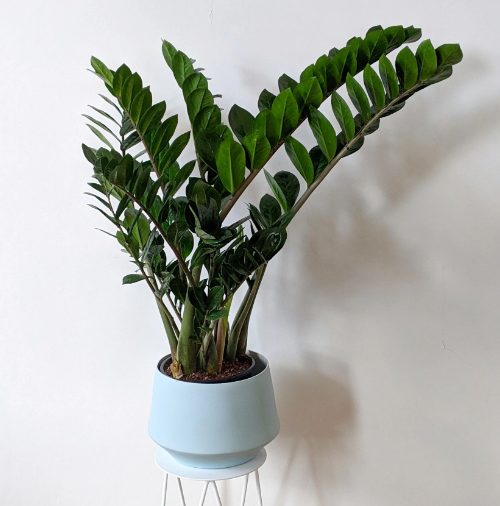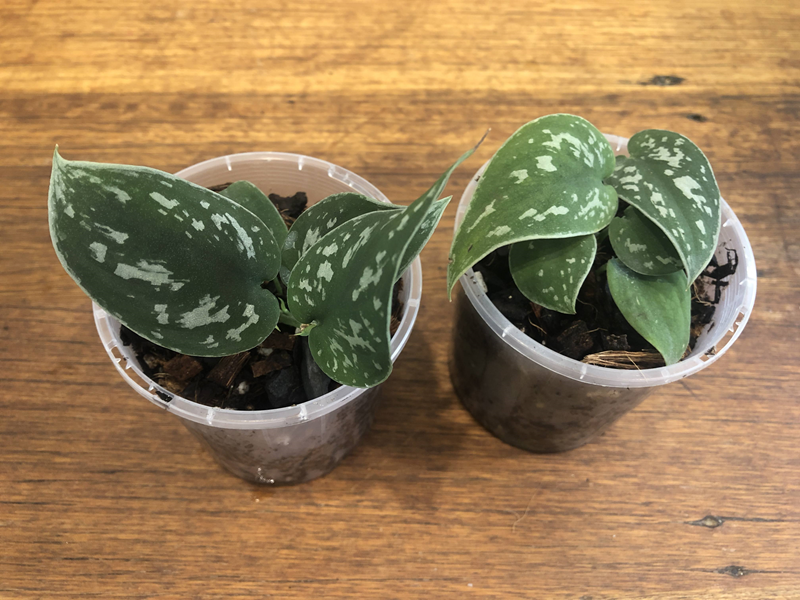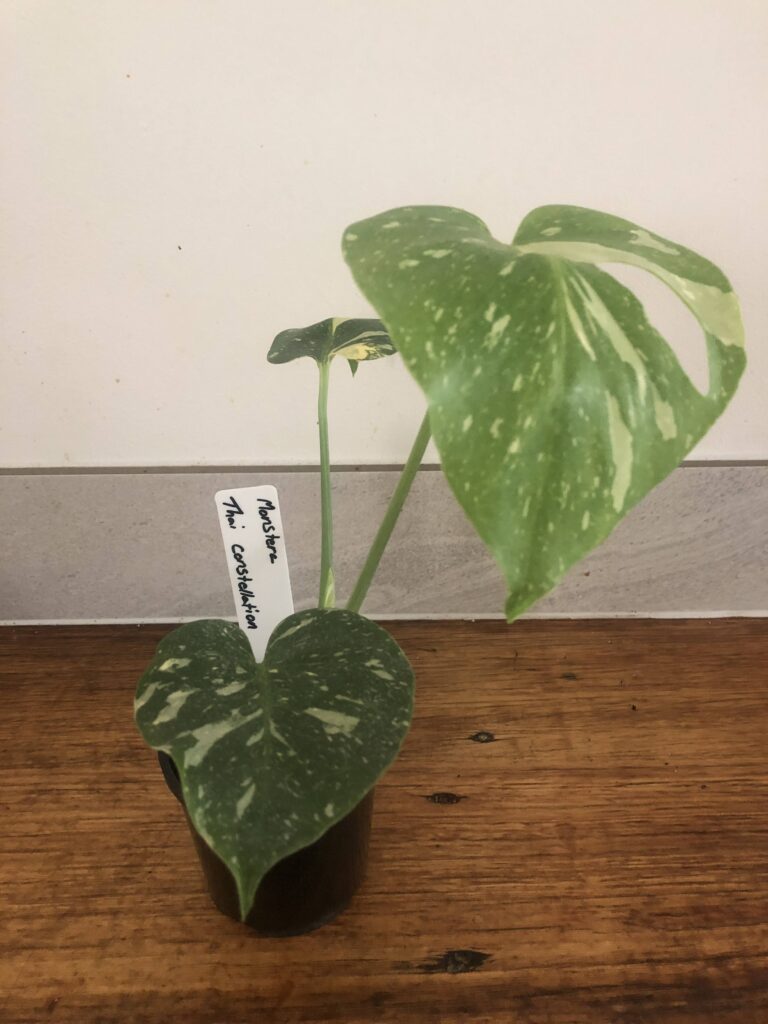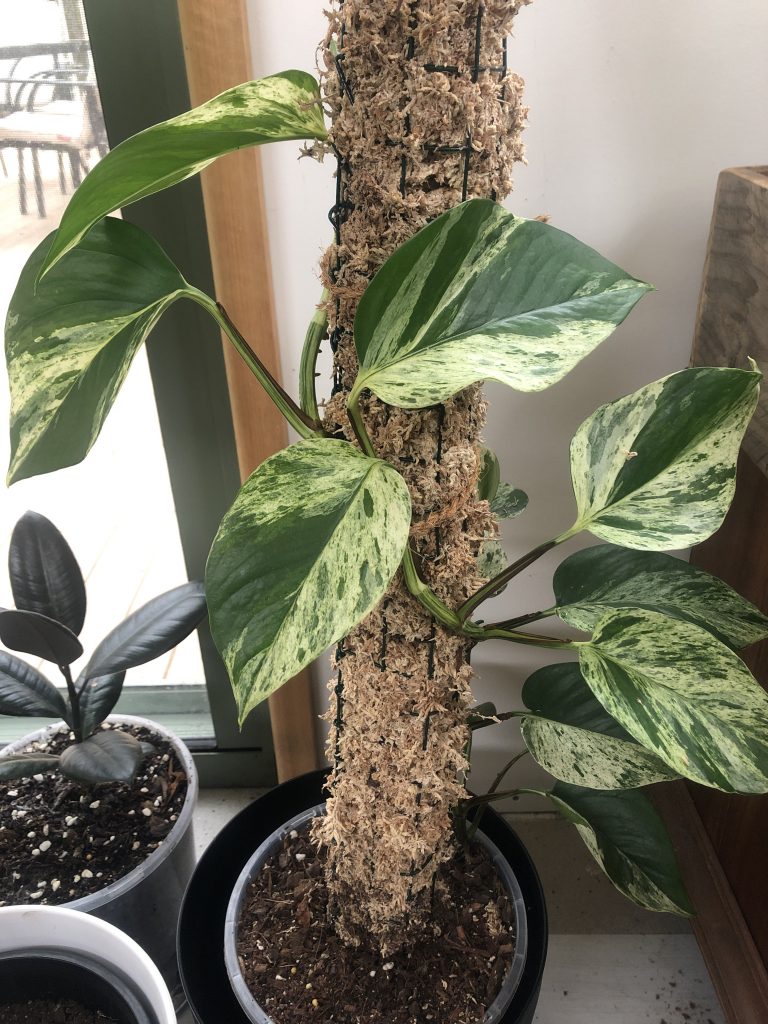Zanzibar Gem – less water than you expect
Zamioculcas zamiifolia, commonly known as the ZZ plant or Zanzibar Gem, is a popular and resilient houseplant known for its glossy, dark green foliage and low maintenance requirements. Proper care for a ZZ plant involves providing the right growing conditions and meeting its basic needs to ensure healthy growth and longevity. Origins: The Zamioculcas genus […]
Zanzibar Gem – less water than you expect Read More »








